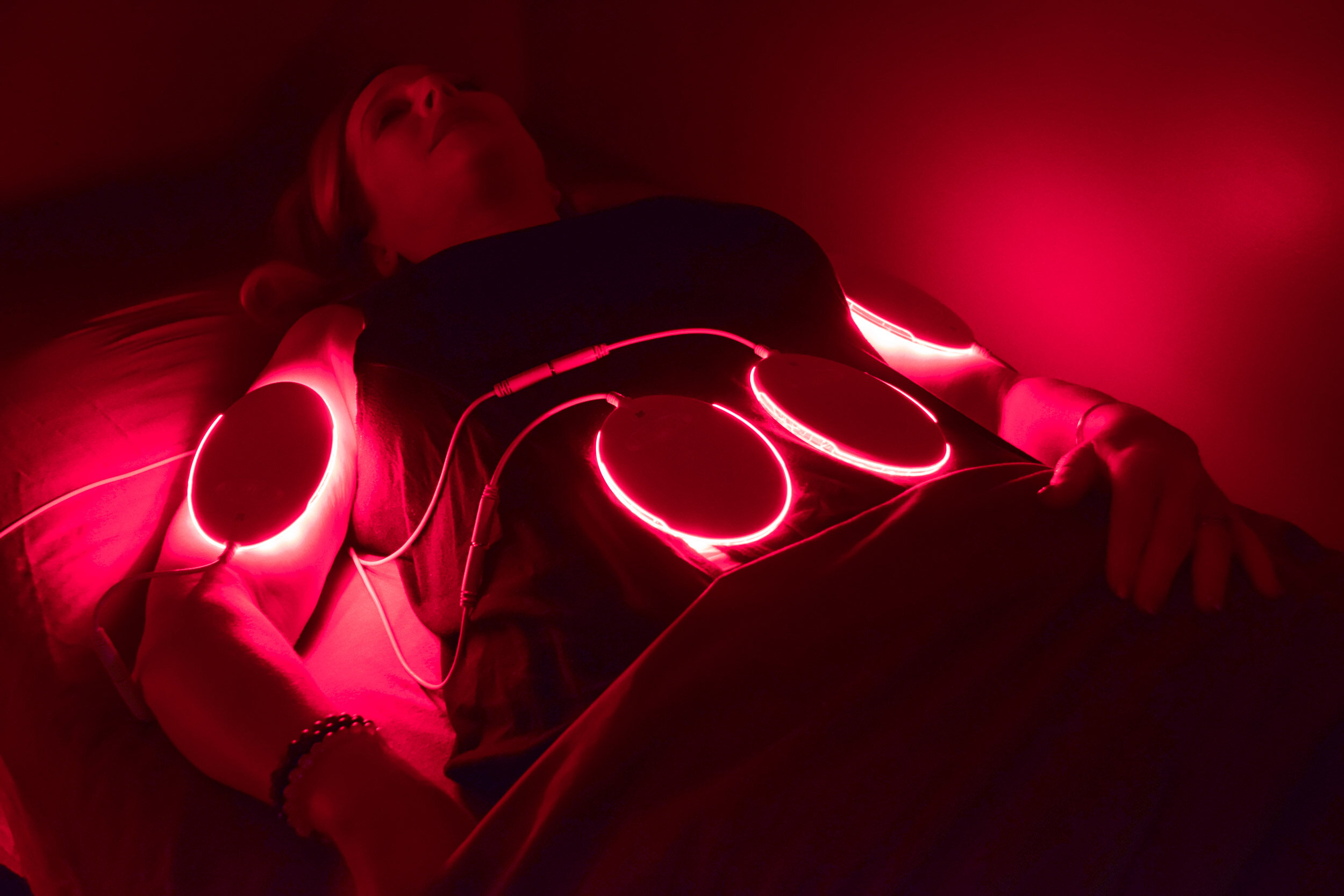
Red Light Therapy
The Radiant Benefits of Red Light Therapy
In the realm of therapeutic interventions, Red Light Therapy (RLT) shines as a beacon of innovation and healing. This non-invasive treatment, leveraging the power of red low-level wavelengths of light, has emerged as a revolutionary approach in addressing a myriad of health and cosmetic issues.
Understanding Red Light Therapy
At its core, RLT operates on the principle of delivering specific wavelengths of red and near-infrared light to the skin. This exposure triggers a cascade of cellular responses, primarily through the stimulation of mitochondria, the powerhouses of our cells. This process, known as photobiomodulation, leads to increased ATP (adenosine triphosphate) production, fueling enhanced cell function and repair.
Skin Health and Anti-Aging
One of the most celebrated benefits of RLT is its profound impact on skin health. Clinical studies have shown that RLT can significantly improve skin complexion, boost collagen production, reduce fine lines and wrinkles, and hasten the healing of wounds and scars. This is achieved through enhanced blood flow and increased collagen synthesis, leading to healthier, more youthful-looking skin.
Pain Relief and Inflammation Reduction
RLT has been found effective in reducing chronic and acute pain, making it a valuable tool for those suffering from conditions like arthritis, muscle strains, and neck and back pain. It works by reducing inflammation and increasing circulation, thereby alleviating pain and enhancing tissue repair.
Muscle Recovery and Physical Performance
Athletes and fitness enthusiasts are turning to RLT to enhance physical performance and accelerate recovery. By stimulating the mitochondria in muscle cells, RLT promotes quicker healing of muscle tissue, reduces inflammation and soreness post-exercise, and increases strength and endurance over time.
Mental Well-being
Emerging research suggests that RLT may have benefits for mental health, including reducing symptoms of depression and anxiety. The therapy's ability to reduce inflammation and oxidative stress, both of which are linked to mental health issues, is a key factor in its potential therapeutic effects.
Safety and Accessibility
One of the key attractions of RLT is its safety profile. Unlike UV rays, RLT doesn’t cause damage to the skin or underlying tissues. It's a pain-free procedure that can be administered in a clinical setting or even at home with the right equipment.
Conclusion
Red Light Therapy, with its multitude of health benefits ranging from skin rejuvenation to pain relief and mental well-being, represents a significant advancement in therapeutic treatments. Its ability to enhance cellular function non-invasively makes it a promising and accessible option for many. As research continues to evolve, the potential applications of RLT are likely to expand, further cementing its role as a key player in the future of health and wellness therapies.
